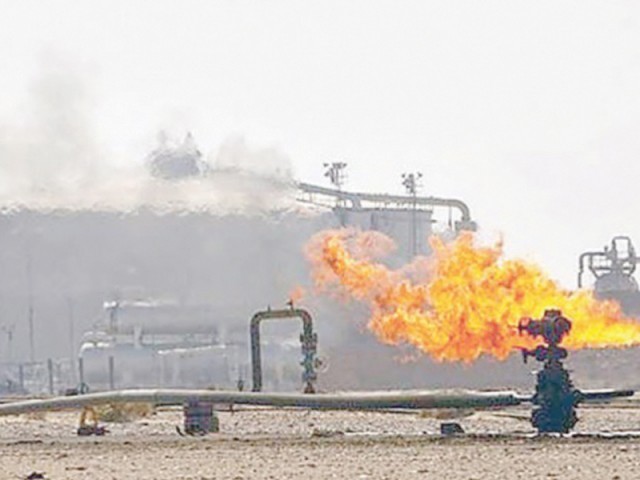Pakistan discovered promising signs of significant shale gas reservoirs at the pilot well KUC-1 in Hyderabad, Sindh. This exploration project was initiated by the Oil and Gas Development Company Limited (OGDCL) in 2020.
The groundbreaking discovery comes at a crucial time when the country grapples with an annual decline in natural gas production, currently estimated at 8-9 percent.
According to findings from a recent USAID study, Pakistan is believed to possess over 3,000 trillion cubic feet (TCF) of shale gas resources spread across various shale horizons.
Dr. M Saeed Khan Jadoon, adviser to OGDCL on oil and gas exploration and head of the shale gas cell, provided insights into the project’s progress: “We’ve successfully drilled vertically, uncovering two shale gas layers. OGDCL will soon drill vertically into a third layer. Data from fracking the first two layers indicates ample shale gas. Horizontal drilling within a depth of 3,000-6,000 meters, spanning 1,500-2,000 meters, is the next step.”
To carry out the drilling and fracking, OGDCL has partnered with Schlumberger, Pakistan. The timeline for horizontal drilling completion is August 2024, following three more months.
The project’s cost is estimated at $25-30 million, with delays attributed to COVID-19 and floods. OGDCL aims to attract investors once fracking data is available, although commercial shale gas recovery costs $10-15 per mmBtu.
The Sember Shale, a rich source rock, is located primarily in the lower and middle Indus basin of Pakistan. Currently, OGDCL contributes around 35,000 barrels per day of oil and 800 million cubic feet per day of gas, making up 47 percent of oil and 30 percent of gas production in Pakistan.
This domestic production has led to savings of about $4 billion and contributed approximately Rs 280 billion to the national exchequer this year. OGDCL also generates employment and business opportunities in Pakistan. Despite this, Pakistan continues to import oil and gas to meet demand.




